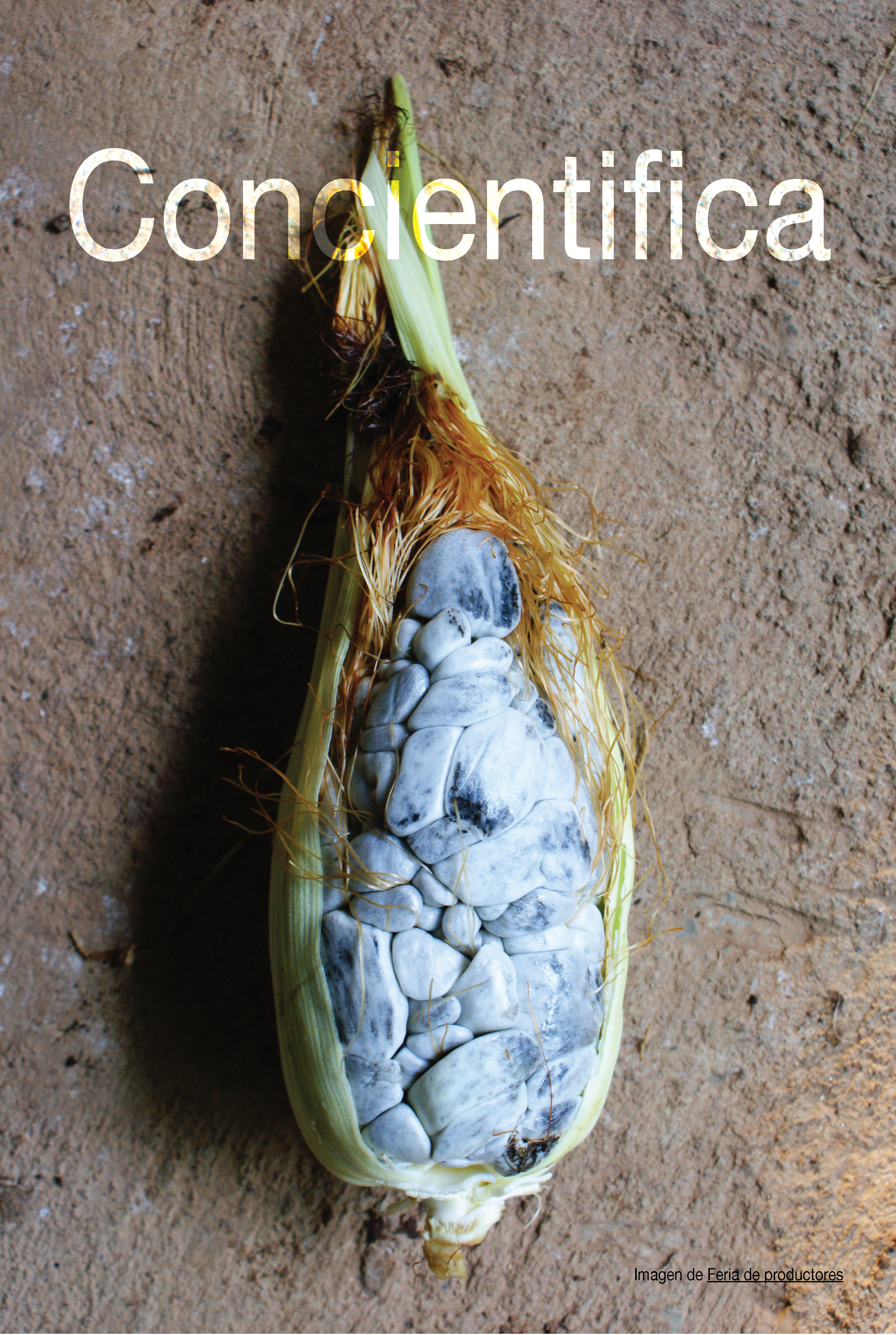Taxus globosa and Ustilago maydis: their ancestral roots and pharmaceutical applications
Keywords:
Herbalism, Pharmaceuticals, Patents, Indigenous culturesAbstract
Mexican herbalism has been an intrinsic part of ancestral indigenous culture and has exerted a significant influence on the daily life of communities throughout the centuries. Its deep connection with the indigenous worldview has transcended generations and has come to greatly impact the development of current pharmaceuticals. This dissemination article explores the importance of Mexican herbalism in the contemporary pharmaceutical field with the example of Taxus globosa and Ustilago maydis, highlighting their cultural foundations and their scientific relevance.
References
CONABIO: Comisión Nacional para el Conocimiento y Uso de la Biodiversidad (2020) México megadiverso. Consultado el 10 de julio de 2023 de https://www.biodiversidad.gob.mx/pais/quees
Navarrete N. (2022) Herbolaria mexicana: su importancia y el uso de las plantas, Universidad del Medio Ambiente. Consultado el 10 de julio de 2023 de https://umamexico.com/herbolaria-mexicana-su-importancia-y-el-uso-de-las-plantas/
SEMARNAT: Secretaria de Medio Ambiente y Recursos Naturales (2021) Plantas medicinales de México. Consultado el 10 de julio de 2023 de https://www.gob.mx/semarnat/articulos/plantas-medicinales-de-mexico
Barrales-Cureño, H. J., & Soto-Hernández, R. M. (2012). Taxoides: metabolitos secundarios del árbol del tejo (Taxus spp.). Revista Chapingo. Serie ciencias forestales y del ambiente, 18(2), 207-218.
Alqahtani, FY, Aleanizy, FS, El Tahir, E., Alkahtani, HM y AlQuadeib, BT (2019). Paclitaxel. Perfiles de sustancias farmacológicas, excipientes y metodología relacionada, 44 , 205-238. https://doi.org/10.1016/bs.podrm.2018.11.001
Osuna, L., Tapia, N., Cusidó, R. et al. Producción de taxanos inducida por jasmonato de metilo en cultivos celulares libres e inmovilizados de tejo mexicano (Taxus globosa Schltdl). Planta Physiol Acta 37, 199 (2015). https://doi.org/10.1007/s11738-015-1947-z
Méndez, R. M., Sotoh, F. R., & Contreras, E. J. C. (2008). Conocimiento tradicional de Ustilago maydis en cuatro grupos mayenses del sureste de México. Etnobiología, 6(1), 9-23.
Romero, E. G. A. (2016). Donde hay maíz hay cujtlacochiel, el oro negro del México prehispánico. Ixmati, (2), 15-21.
Juárez Montiel, M., Ruiloba de León , S., Chávez Camarillo , G., Hernández Rodríguez C , & Villa Tanaca, L. (2011). Revista Iberoamericana de Micología . Obtenido de Huitlacoche causado por el hongo Ustilago maydis como un elemento funcional
López-Martínez, L.X.; Aguirre-Delgado, A.; Saenz-Hidalgo, H.K.; Buenrostro-Figueroa, J.J.; García, H.S.; Baeza-Jiménez, R. Bioactive ingredients of huitlacoche (Ustilago maydis), a potential food raw material. Food Chem. Mol. Sci. 2022, 4, 100076. http://doi.org/10.1016/j.fochms.2022.100076
González-Cervantes, M.E.; Hernández-Uribe, J.P.; Gómez-Aldapa, C.A.; Navarro-Cortez, R.O.; Palma-Rodríguez, H.M.; Vargas-Torres, A. Physicochemical, functional, and quality properties of fettuccine pasta added with huitlacoche mushroom (Ustilago maydis). J. Food Process. Preserv. 2021, 45, e15825. https://doi.org/10.1111/jfpp.15825
Aydoğdu, M.; Gölükçü, M. Nutritional value of huitlacoche, maize mushroom caused by Ustilago maydis. Food Sci. Technol. 2017, 37, 531–535. https://doi.org/10.1590/1678-457X.19416
Valdez-Morales, M.; Céspedes-Carlos, L.; Valverde, M.E.; Ramírez-Chávez, E.; Paredes-López, O. Phenolic compounds, antioxidant activity and lipid profile of huitlacoche mushroom (Ustilago maydis) produced in several maize genotypes at different stages of development. Plant Foods Hum. Nutr. 2016, 71, 436–443. https://doi.org/10.1007/s11130-016-0572-3
Salazar-López, J.M.; Martínez-Saldaña, M.C.; Reynoso-Camacho, R.; Chávez-Morales, R.M.; Sandoval-Cardozo, M.L.; Guevara-Lara, F. Antioxidant capacity and phytochemical characterization of ethanolic extracts from raw and cooked huitlacoche (Ustilago maydis-Zea mays). Rev. Mex. Cienc. Farm. 2017, 48, 37–47.
Rosalba Beas, F.; Guadalupe Loarca, P.; Salvador Horacio Guzmán, M.; Rodriguez, M.G.; Nora Lilia Vasco, M.; Fidel Guevara, L. Nutraceutic potential of bioactive components present in huitlacoche from the central zone of Mexico. Rev. Mex. Cienc. Farm. 2011, 42, 36–44.
Villagrán, Z., Martínez-Reyes, M., Gómez-Rodríguez, H., Ríos-García, U., Montalvo-González, E., Ortiz-Basurto, R. I., ... & Pérez-Moreno, J. (2023). Huitlacoche (Ustilago maydis), an Iconic Mexican Fungal Resource: Biocultural Importance, Nutritional Content, Bioactive Compounds, and Potential Biotechnological Applications. Molecules, 28(11), 4415.

Downloads
Published
How to Cite
Issue
Section
License
Copyright (c) 2024 Revista de divulgación científica iBIO

This work is licensed under a Creative Commons Attribution-NonCommercial-NoDerivatives 4.0 International License.
Self-archiving or deposit of the works in their post-publication version (editorial version) is permitted in any personal, institutional or thematic repository, social or scientific networks. The above applies from the moment of publication of the article in question on the website of the Revista de divulgación científica iBIO.




